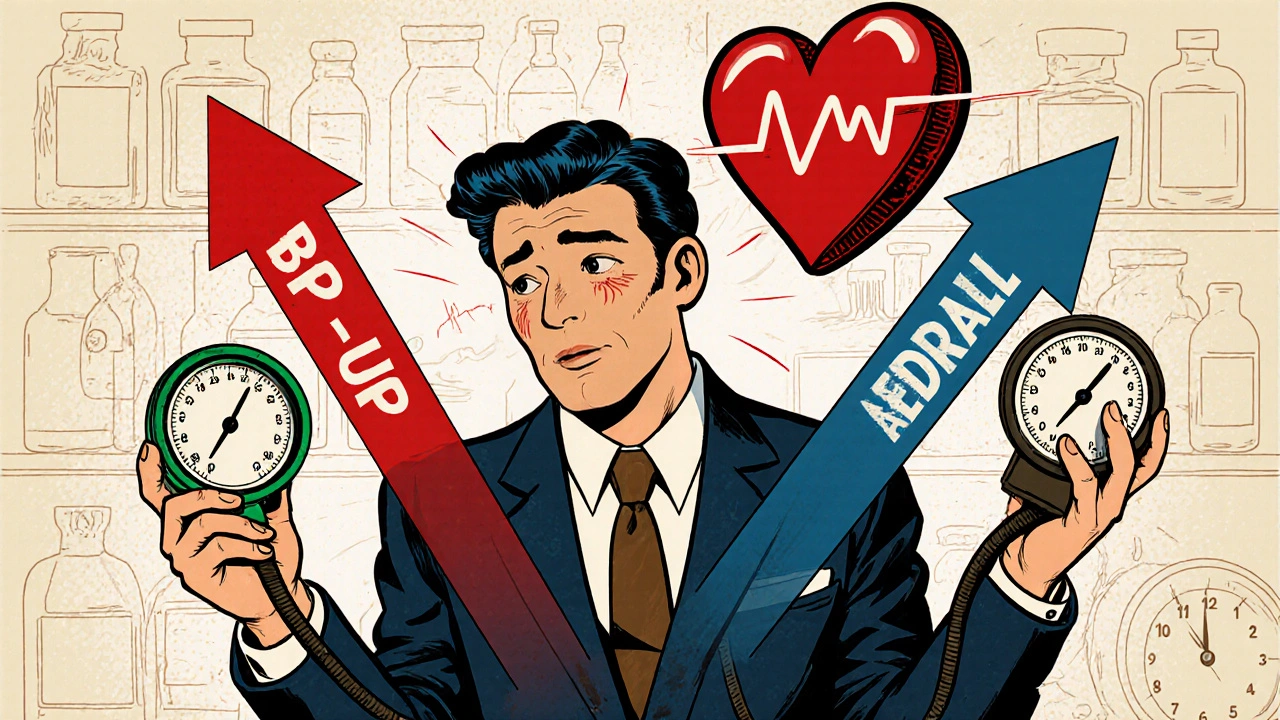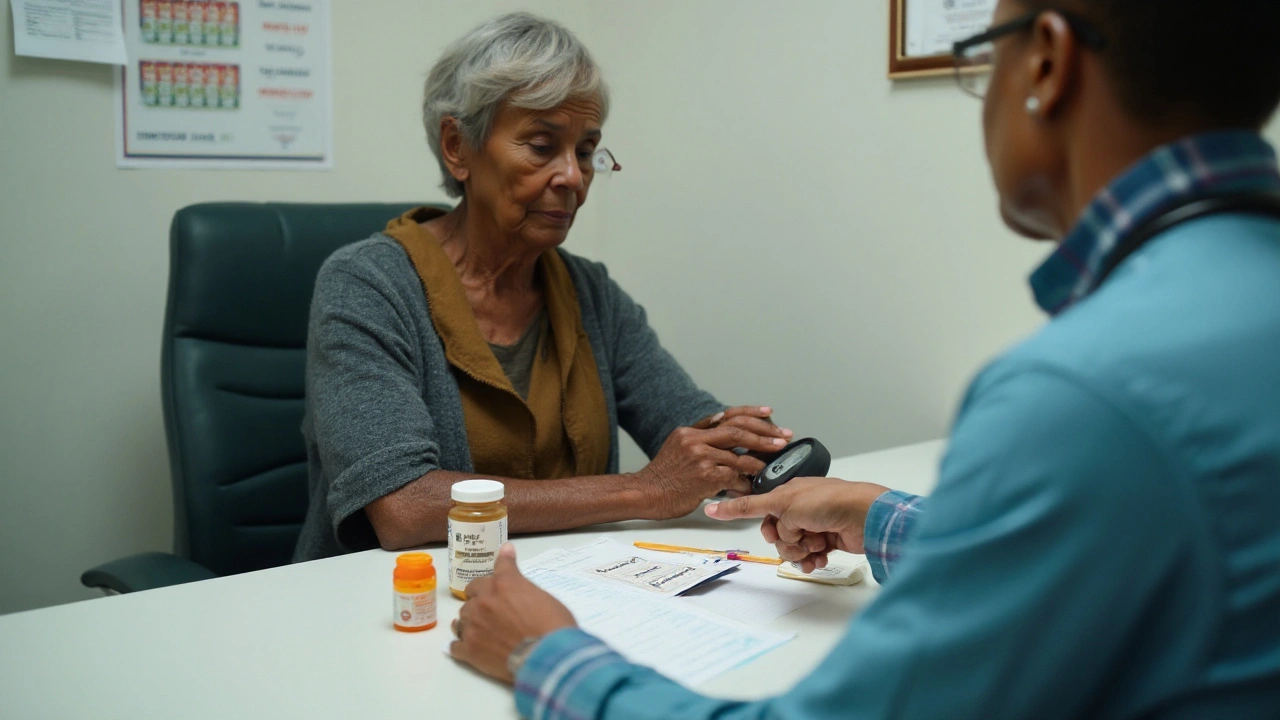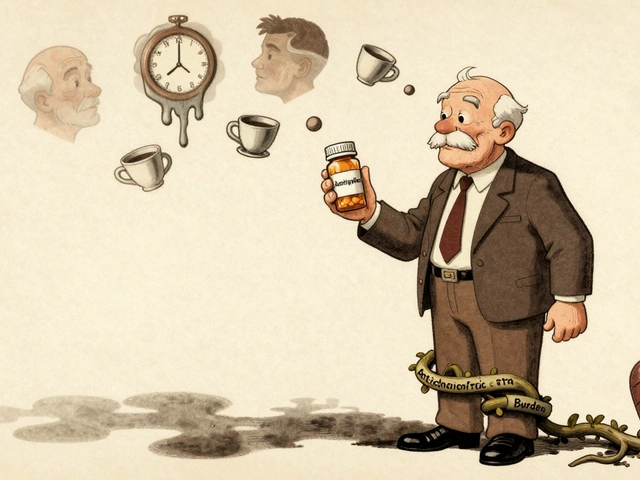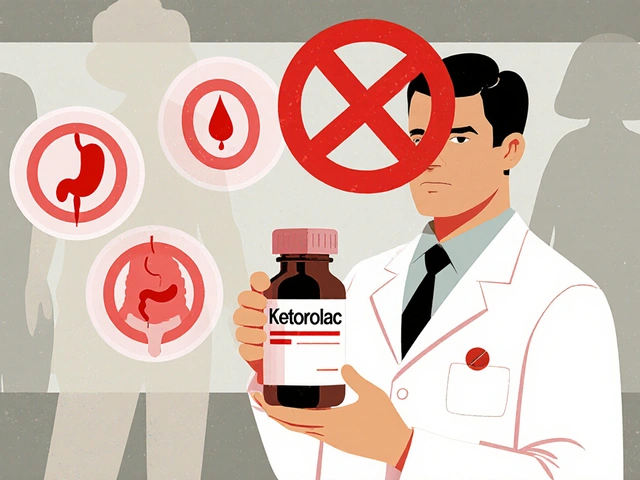Blood Pressure Basics: What the Numbers Mean and How to Keep Them Healthy
Ever looked at a blood pressure reading and wondered what the two numbers actually tell you? The top number (systolic) shows the pressure when your heart pumps blood, while the bottom number (diastolic) measures pressure when your heart rests between beats. If either number stays high for a while, you could be dealing with hypertension, a condition that raises the risk of heart attack, stroke, and kidney problems.
Most doctors consider a reading below 120/80 mmHg normal. Readings between 120‑129 systolic with a diastolic below 80 are called elevated. Anything 130/80 or higher is classified as high blood pressure, and the higher the numbers, the more aggressive the treatment usually gets.
Simple Lifestyle Moves That Lower Pressure Fast
Before you reach for pills, try a few everyday changes. Cutting back on salty foods can shave off a few points, especially if you’re used to processed snacks. Adding a handful of fresh veggies or fruit to each meal boosts potassium, which helps balance sodium. Regular activity—like a brisk 30‑minute walk most days—does wonders for both systolic and diastolic numbers.
Watch your weight, too. Even a modest loss of 5‑10 % of body weight can drop systolic pressure by 5‑10 mmHg. And limit alcohol: two drinks a day for men, one for women, is the upper safe limit. If you smoke, quitting is the single best thing you can do for your heart.
When Medication Is Needed: Common Options Explained
If lifestyle tweaks aren’t enough, doctors have several drug classes to choose from. Thiazide diuretics help your kidneys get rid of excess salt and water, easing pressure on your vessels. ACE inhibitors and ARBs relax blood vessels by blocking hormones that tighten them up. Calcium‑channel blockers prevent the muscles in artery walls from contracting too hard.
Each medication comes with its own set of possible side effects, so it’s worth discussing what feels right for you. For instance, some people experience a dry cough on ACE inhibitors, while others notice leg swelling on calcium‑channel blockers. Your doctor can adjust dosage or switch drugs if something isn’t sitting well.
Never skip doses or stop a prescription on your own. Blood pressure can bounce back quickly, and sudden changes may increase heart risk. If you’re unsure about a side effect, call your prescriber before making any changes.
Monitoring at home helps you see how well your plan works. A reliable cuff and a quiet moment each morning can give you a clear picture. Record the readings, note when you exercised or ate salty foods, and share the log with your doctor during visits.
Remember, blood pressure isn’t a one‑time number; it fluctuates with stress, activity, and even the time of day. Aim for consistency rather than perfection. If most of your readings cluster in the normal range, you’re on the right track.
In short, controlling blood pressure is a mix of simple daily habits and, when needed, targeted medication. Stay curious about your numbers, ask questions at each appointment, and keep moving forward—your heart will thank you.

Green Coffee Extract and Stimulant Medications: What You Need to Know About Blood Pressure Risks
- By : Tamsin Riverton
- Date : Nov 28 2025
Green coffee extract may lower blood pressure, but when taken with stimulant medications like Adderall or Ritalin, it can cause dangerous fluctuations. Learn why experts advise against combining them and what safer alternatives exist.

Venlafaxine in Older Adults: 2025 Safety, Dosing, and Monitoring Guide
- By : Tamsin Riverton
- Date : Sep 9 2025
A clear, practical 2025 guide to venlafaxine use in older adults: dosing, monitoring, fall and sodium risks, blood pressure, interactions, and safe tapering.



